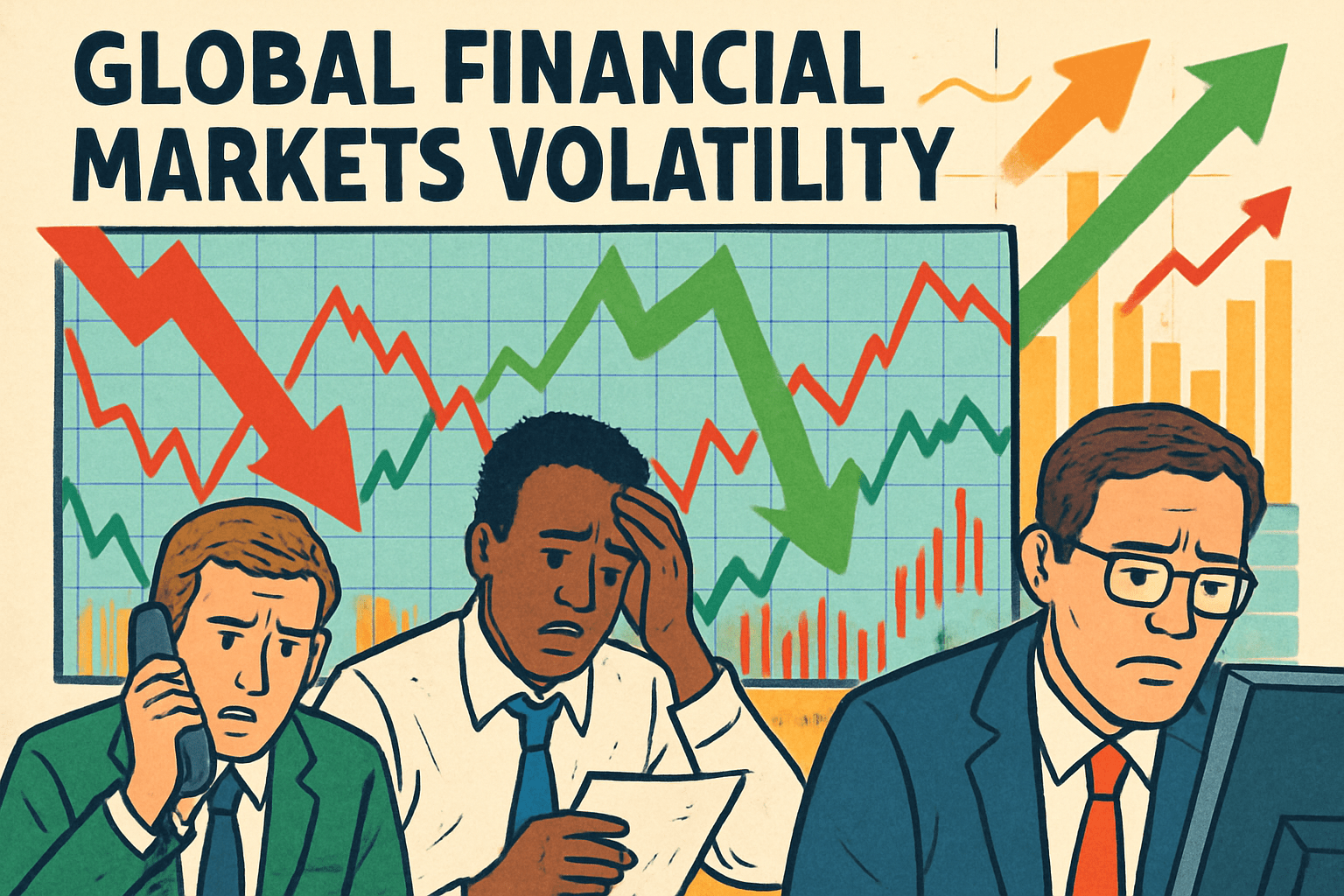
LONDON, UK – Global financial markets experienced significant volatility this week as investors grappled with mixed economic signals and shifting monetary policy expectations. Major indices across North America, Europe, and Asia saw substantial price swings, reflecting heightened uncertainty about the economic outlook and central bank trajectories.
The turbulence was initially triggered by unexpectedly strong employment data from the United States, which challenged the prevailing narrative of economic cooling and prompted traders to scale back expectations for aggressive interest rate cuts. This reassessment led to a sharp selloff in government bonds, pushing yields higher across the curve and pressuring equity valuations, particularly in rate-sensitive sectors.
“Markets had become overly confident in their expectations for monetary easing,” noted a chief economist at a major investment bank. “The latest data has forced a recalibration of those views, leading to the volatility we’re witnessing.”
Adding to market anxiety were comments from several central bank officials suggesting that inflation risks remain elevated despite recent progress. These statements reinforced concerns that monetary policy might stay restrictive for longer than previously anticipated, further complicating the outlook for corporate earnings and economic growth.
Emerging markets were particularly affected by the volatility, with currencies and equities in several developing economies experiencing pronounced declines as investors sought safer assets. The flight to quality benefited the U.S. dollar, which strengthened against most major currencies, creating additional headwinds for dollar-denominated borrowers in emerging economies.
Commodity markets also reflected the uncertain environment, with oil prices fluctuating widely on conflicting signals about global demand prospects. Gold, traditionally viewed as a safe-haven asset, initially gained before retreating as rising real yields diminished its relative attractiveness.
Corporate earnings reports added another layer of complexity to the market landscape. While several major companies reported better-than-expected results, forward guidance was generally cautious, with many executives highlighting concerns about persistent input cost pressures and potential demand softening.
Market strategists remain divided about the near-term outlook. Some argue that the current volatility represents a healthy reassessment of overly optimistic expectations, while others warn that it could signal the beginning of a more sustained market correction if economic data continues to disappoint or inflation proves more persistent than anticipated.
For investors, the challenging environment underscores the importance of diversification and risk management. Financial advisors are recommending balanced portfolios that can withstand various economic scenarios, with increased allocations to quality companies with strong balance sheets and sustainable competitive advantages.